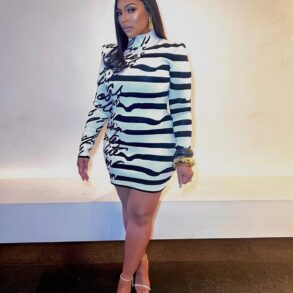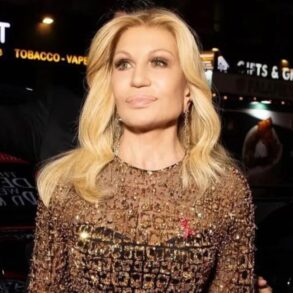By Eva SandovalFeatures correspondent

Proudly “untrendy” designer Myung-Il Song tells you how to bypass the chain stores and shop for authentically Viennese handcrafted wares, from clothing and art to holiday gifts.
Navigating Vienna’s 23 grätzels (districts) can be overwhelming, especially when they’re so diverse – encompassing medieval alleys, magnificent monuments and quaint village squares. So when it comes to shopping, many visitors tend to stick to the beautifully walkable historic centre, Innenstadt, which is home to the Hofburg Imperial Palace, Vienna State Opera House and a dizzying glut of luxury chain stores.
But renowned Korean-Viennese designer Myung-Il Song, owner of Vienna’s seminal boutique Atelier Song, encourages visitors to head to Vienna’s “special” places for bespoke and unique products, from clothing to homewares to contemporary art. “I’m not chasing after trends,” said the famously individualistic style icon. Here are Song’s insider picks for Vienna’s best historical shops and exciting artisanal newcomers.
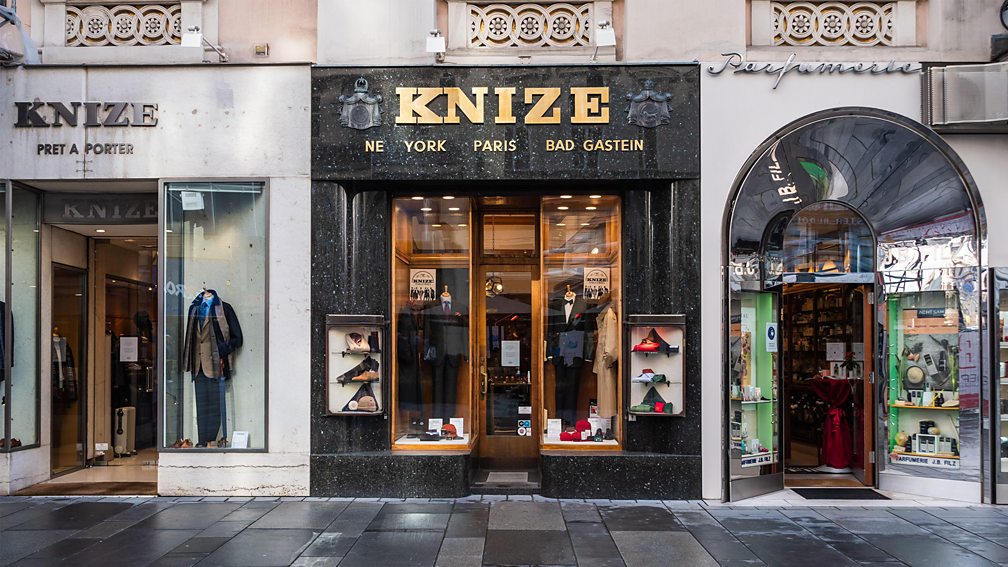



1. Best for classic men and women’s fashion: Innenstadt (1st district)
Upscale Innenstadt, like the city centres of many European capitals, is inundated with popular chain clothing stores. “Like shopping in an airport,” quipped Song.
The SpeciaList
Myung-Il Song, a graduate art student from Korea, came to Vienna in 1984, where she studied graphic design at Vienna’s Academy of Fine Arts before opening her eponymous boutique in 1998. She is also the co-author of I’ll Wear it Until I’m Dead, a retrospective of her fashion archive.
But for artisanal, classic Viennese fashion, Song likes Rudolf Scheer & Söhne, a generational shoemaker that has been making handcrafted bespoke shoes since 1816. “They used to make them for all the Hollywood stars,” said Song. “They still have the stars’ shoe forms. It’s a really traditional old place [where the shoes are] 100% handmade for your feet.”
Song also recommends the historic shop Kniže & Comp for one-stop men and women’s fashion and accessory shopping. “It’s very old, beautiful, classical,” said Song. “Also, the shop is interesting. Go inside and look because it’s [designed by renowned Austrian architect] Adolf Loos.“
As well as luxury clothing and accessories, Kniže sells fragrance and soaps. “[Whenever I go to] Paris Fashion Week, the fashion people in Paris always ask me, ‘Could you bring me Kniže perfume?’,” said Song. “Elegant, elegant stuff.”




2. Best for artisanal luxury clothing and unique gifts: Leopoldstadt (2nd district)
“You know what I’m going to say,” said Song, jokingly. But her seminal “artisanal luxury” boutique Atelier Song has held a serious grip on Vienna’s design scene for 25 years, particularly since it moved to the city’s former Jewish quarter, Leopoldstadt in 2006. “When I came here, nothing was going on,” said Song. After a number of hotels, restaurants and coffee houses opened in the area, “it naturally organically developed… in Vienna they say it’s ‘hipstery’. It’s a quite lively street now.”
But Atelier Song is still the neighbourhood’s only boutique, and it’s perhaps the edgiest in the entire city. Song sells her own designs as well as items from avantgarde designers “on the borderline between art and fashion”; each item exclusively available at her shop. “We have so many things,” she said. “Glassware, perfume, beautiful candles, handmade gloves, cashmere throws, ceramics… I feel like I’m showing my private taste. It’s an extension of my private space.”
That taste is aggressively anti-trend yet luxe, like designs by British shoe and clothing designer Paul Harnden. “He handmakes [everything],” said Song. “Everything is woven for him using the old machines. And that’s why his pieces are expensive, durable and timeless.”




3. Best for homewares: Innenstadt (1st district)
Austria is world-famous for its crystal glassware, like the dazzling offerings from J & J Lobmeyr on Innenstadt’s Kärntner Strasse. “This is very Viennese,” said Song, who has collaborated with the glassmaker to produce Champagne glasses. “If you go inside, there are amazing collections of the glasses they make. It’s almost like a museum. There are so many famous architects and designers who have collaborated with them.” Founded in Vienna in 1823, Lobmeyr produces chandeliers, stemware and decorative pieces – all mouthblown and cut, engraved and polished by hand.
For artisanal linens, Song recommends Zur Schwäbischen Jungfrau on the Graben shopping street. “They are famous for tablecloths,” said Song. “Bed sheets and that kind of thing. [It’s a] very old-fashioned shop, using the best of the best quality.”
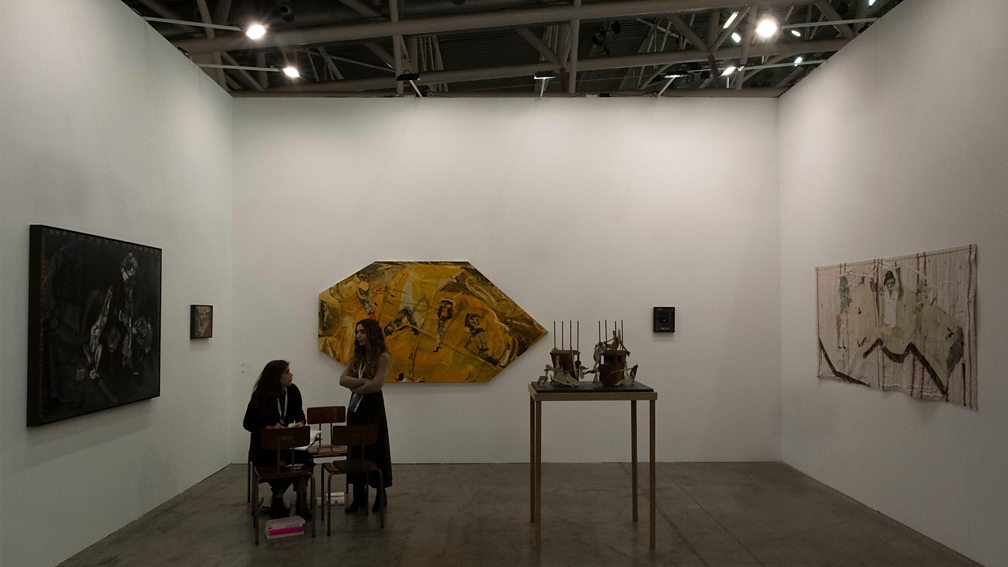



4. Best for contemporary art: Neubau, Landstrasse and Mariahilf (7th, 3rd, and 6th districts)
Home to Vienna Secession and Art Nouveau architecture, Vienna is practically synonymous with high art. Song – who has an art degree and studied graphic design at Vienna’s Academy of Fine Arts – is very active in the city’s rich art scene. She loves visiting the Kunsthistorisches Museum and the MQ Libelle event space on the Leopold Museum rooftop. “Tourists don’t know about [MQ Libelle]” said Song. “There is the most beautiful view in Vienna. You can see all the buildings and then there is a beautiful bar. If I go up there, I feel like I’m on holiday.”
She advises then going down to the Leopold Museum for the contemporary art shows. “There are many complexes inside… you can spend the whole day there. [Inside] there’s Café Leopold, a very nice modern restaurant designed by a Chinese Austrian artist named Jun Yang,” said Song, who is also an architecture enthusiast. “And then of course there’s Loos [American] Bar designed by Adolf Loos.”
Song’s go-to galleries for those wishing to purchase art are the Hubert Winter in Neubau, Vin Vin in Landstrasse and Commune Gallery in Mariahilf. “And then there is also a gallery called Gianni Manhattan [Landstrasse],” said Song. “All these young galleries are quite nice. They present the younger artists. They’re not like, you know, already famous. They find this top talent who they want to work in the field.”
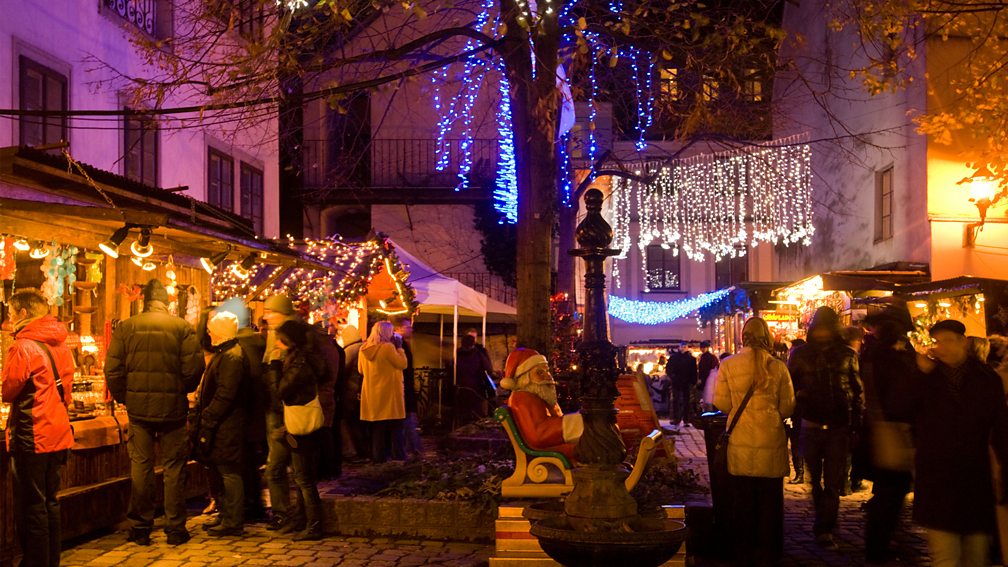



5. Best for street markets: Wieden and Neubau (4th and 7th districts)
Vienna is also known for its bustling street markets, where you can find everything from fresh produce to clothing to vintage silver. Song feels that many of them have become commercial – “and expensive” – but Naschmarkt in Wieden, Vienna’s 4th district, retains its traditional charm. This colourful people watcher’s paradise originally sold just fruit and vegetables but is now home to all manners of artisanal craft and food vendors. “You have to go early,” Song advised. “Seven-thirty, eight o’clock in the morning.”
Vienna is particularly famous for its weihnachtsmarkt (Christmas markets) that transform the city’s squares into fairy-lighted wonderlands where wooden kiosks sell artisanal wares and treats like glühwein (mulled wine) and kartoffelpuffer (potato pancakes). “You drink punch on the street,” said Song. “You meet friends.” Vienna’s most famous weihnachtsmarkt include Viennese Dream Christmas Market in front of the City Hall and the Christmas Village at Belvedere Palace. Song’s favourite is the Spittelberg Christmas Market in the Neubau 7th district, behind Museumsquartier. “This is a very nice street,” said Song, of the Spittelberg neighbourhood’s cobblestoned lanes. “[The market] is smaller scale. It’s really nice.”
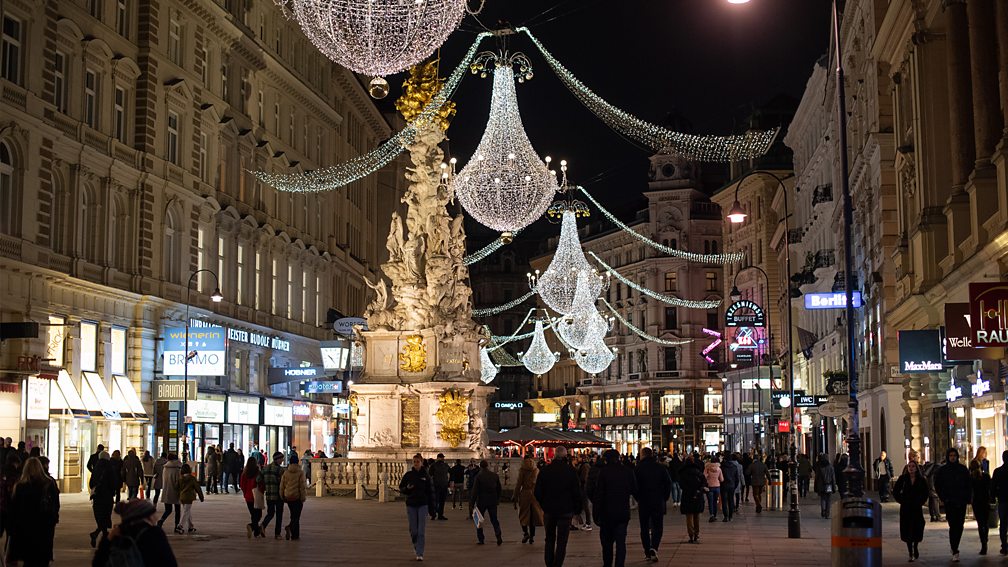



6. Best for sweet treats: Innenstadt (1st district)
No visit to Vienna is complete without a thorough sampling of its decadent artisanal baked goods and chocolates. “There’s a very good [bakery] here,” said Song. “Joseph Brot. He’s hardworking, very soulful and very modern thinking.” This popular bakery and patisserie has several locations throughout Vienna and uses 100% organic ingredients from Austrian farms in its products, like the organic perennial rye bread with summer apples, or their stunningly crafted pastries. “He has the best of the best milk products and best jams and olive oils,” said Song. “You can buy really high-quality stuff and the sourdough bread is amazing. Honest, honest bread.”
For chocolates, Song heads straight to Altmann & Kühne on Graben. “It’s beautiful,” she said of the historic chocolatier. “It’s an original Viennese manufacturer, everything handmade.” The shop is also famous for its iconic chocolate boxes, especially at Christmastime when they produce a variety of limited-edition wrappings. “After you eat the chocolate, you can use the box for your jewellery. This is always the present I give friends. Everybody loves it,” said Song. “[The shop] is tiny. I’m always afraid that this kind of space will be destroyed [and] replaced by a big store. I hope they stay.”
BBC Travel’s The SpeciaList is a series of guides to popular and emerging destinations around the world, as seen through the eyes of local experts and tastemakers.
—
Join more than three million BBC Travel fans by liking us on Facebook, or follow us on Twitter and Instagram.
If you liked this story, sign up for The Essential List newsletter – a handpicked selection of features, videos and can’t-miss news delivered to your inbox every Friday.
This post was originally published on this site be sure to check out more of their content.




